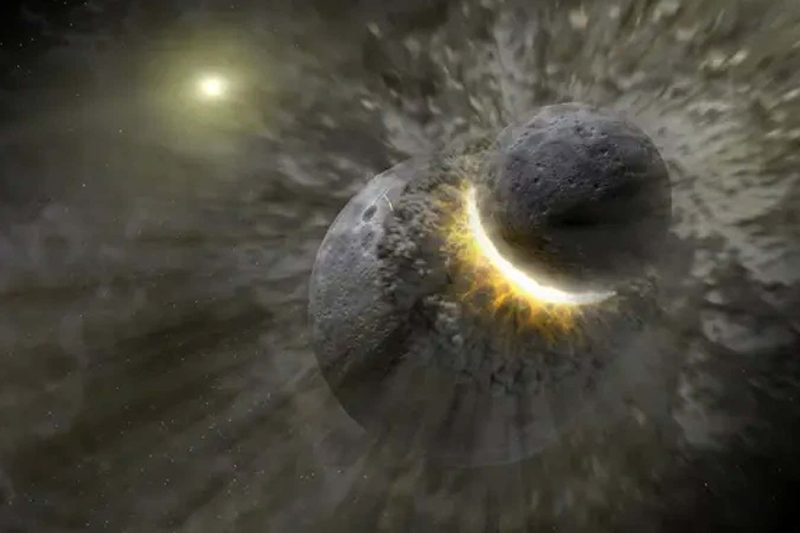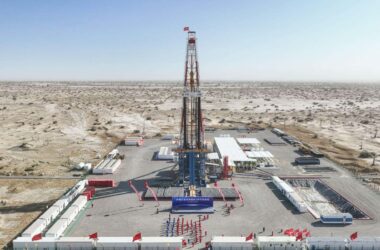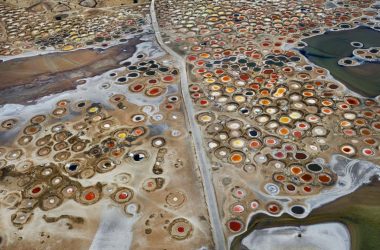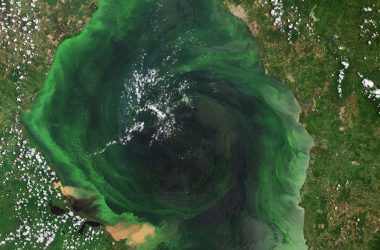
Scientists believe that Earth’s mantle may contain remnants of an ancient planet called Theia. According to the giant impact hypothesis, Theia collided with Earth billions of years ago, resulting in the creation of the moon from the debris. However, it appears that Theia may not have completely disappeared and that there may be two masses of its material buried deep within Earth’s mantle.
The Mystery of Large Low-Shear-Velocity Provinces (LLVPs)
Researchers have long known about two distinct areas in Earth’s mantle, located beneath Africa and the Pacific Ocean, that behave differently from the surrounding rock. These regions, known as large low-shear-velocity provinces or LLVPs, appear to be denser than the rest of the mantle, causing seismic waves to travel through them more slowly.
Qian Yuan and his team at the California Institute of Technology propose a connection between the giant impact and the LLVPs. Through simulations, they suggest that the rocks from Theia’s mantle would have melted and sunk to the boundary between Earth’s mantle and core, forming a thin layer that coated the entire core. Over time, convection within Earth’s mantle would have gathered this dense material, resulting in the formation of the two LLVPs we observe today.
Uncovering the Truth
Confirming the presence of Theia’s remnants is not possible through direct excavation due to their deep location within Earth. However, scientists believe that hot material rises from the LLVPs, which could bring chemical signals to the surface. The chemical signatures found in these plumes resemble those found on the moon but are not typically found on Earth, providing further support for the theory that the LLVPs and the moon are indeed remnants of Theia. This discovery holds significant implications for understanding Earth’s uniqueness and its history.
The Impact on Earth’s Evolution
The giant impact that formed the moon is considered a crucial event that shaped Earth’s atmosphere, crust, mantle, and core. It set Earth apart from other rocky planets, making it a unique and fascinating planet in the universe. Scientists believe that exploring other planets that have experienced similar giant impacts could provide valuable insights into the formation and evolution of habitable worlds.
Conclusion
Research suggests that remnants of Theia, an ancient planet, may be present in Earth’s mantle. The existence of large low-shear-velocity provinces (LLVPs) supports this theory, as their density and chemical signatures resemble those of the moon. Studying the impact of giant collisions on other planets could offer new perspectives on the formation and characteristics of Earth-like planets.








